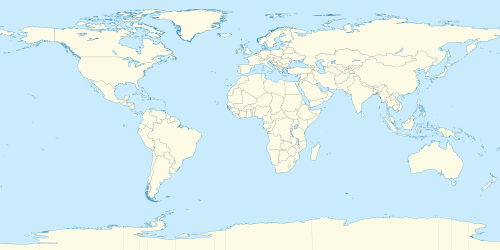
Back قمم الجبال السبعة Arabic Siete Cumes AST Yeddi Zirvə Azerbaijani Сем вяршынь Byelorussian Сем вяршыняў BE-X-OLD Континентални първенци Bulgarian সপ্তশৃঙ্গ Bengali/Bangla Sedam vrhova BS Els Set Cims Catalan حەوت لووتکەکە CKB

Denali
(6,194 m)
(6,194 m)
Mont Blanc
(4,810 m)
(4,810 m)
Elbrus
(5,642 m)
(5,642 m)
Everest
(8,848 m)
(8,848 m)
Kilimanjaro
(5,895 m)
(5,895 m)
Aconcagua
(6,961 m)
(6,961 m)
Vinson
(4,892 m)
(4,892 m)
Kosciuszko
(2,228 m)
(2,228 m)
Puncak Jaya
(4,884 m)
(4,884 m)
A map of the Seven Summits, including variants that may or may not be included depending on the definition used (see below)
The Seven Summits are the highest mountains on each of the seven traditional continents. On 30 April 1985, Richard Bass became the first climber to reach the summit of all seven.[1]
In January 2023, Climbing said "Today, the Seven Summits are a relatively common—almost cliché—tour of each continent's highest peak",[2] and while reaching the peak of the "Seven Summits" is no longer considered a significant achievement amongst mountaineers, it remains a popular challenge for "adventure mountaineers" using expedition climbing techniques.
- ^ Clukey, Abigail (2019-06-05). "'The Summit Is Never The Goal': Why Climbers Pursue The 7 Summits". NPR. Retrieved 2019-07-22.
- ^ Noonan, Daniel (3 January 2023). "Book Review: Becoming the First American to Complete the Explorer's Grand Slam". Climbing. Retrieved 6 January 2023.